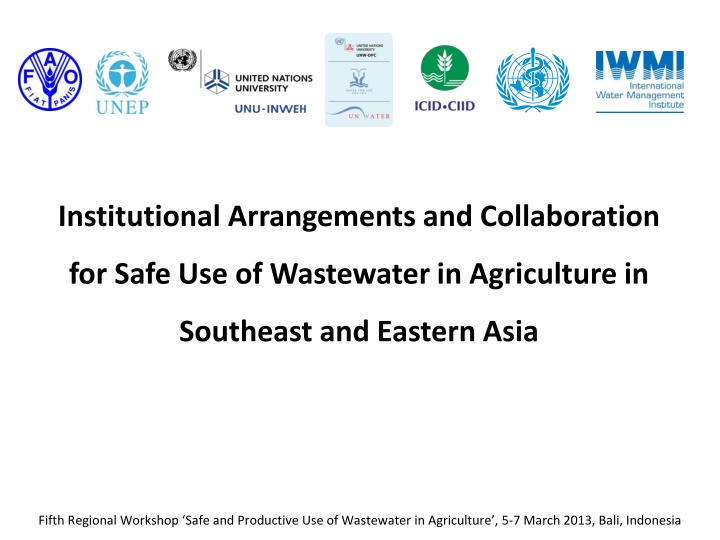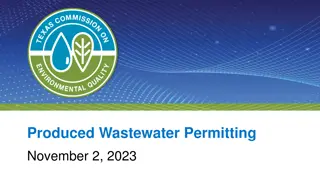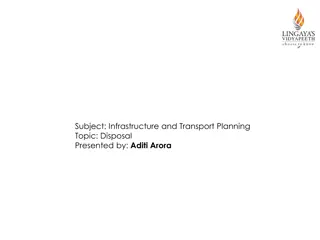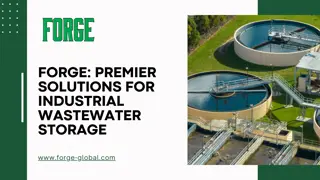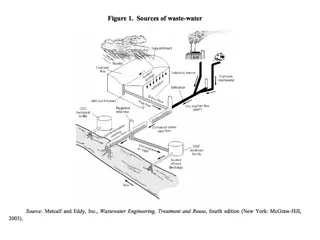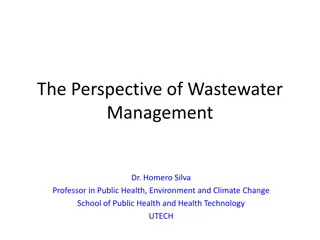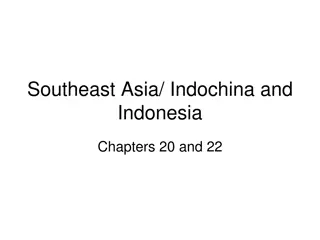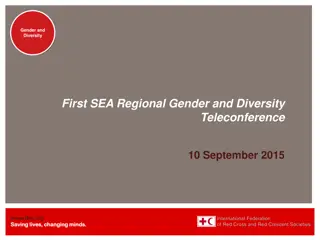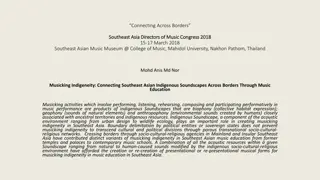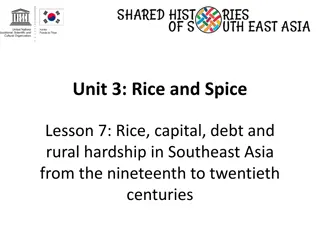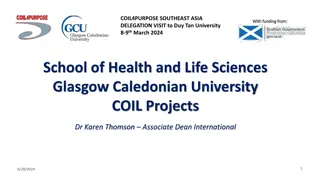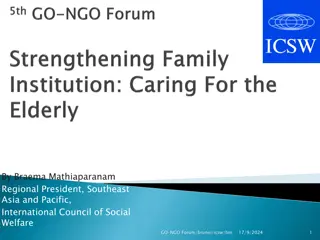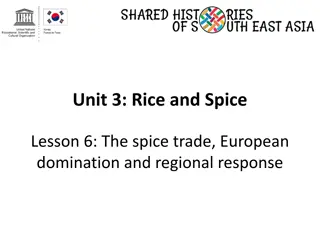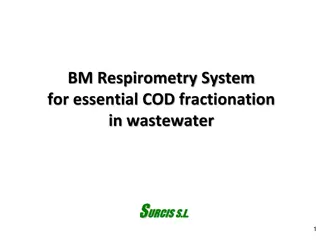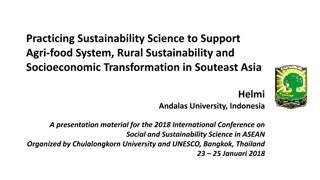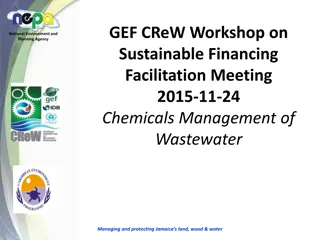Sustainable Wastewater Management in Southeast and Eastern Asia
Explore the institutional arrangements, collaboration efforts, and government commitments for the safe utilization of wastewater in agriculture across Southeast and Eastern Asia. Learn about the diverse responsible ministries at the national level, inter-ministerial collaboration categories, and the importance of government commitment and budget allocation in promoting safe wastewater practices.
Download Presentation

Please find below an Image/Link to download the presentation.
The content on the website is provided AS IS for your information and personal use only. It may not be sold, licensed, or shared on other websites without obtaining consent from the author.If you encounter any issues during the download, it is possible that the publisher has removed the file from their server.
You are allowed to download the files provided on this website for personal or commercial use, subject to the condition that they are used lawfully. All files are the property of their respective owners.
The content on the website is provided AS IS for your information and personal use only. It may not be sold, licensed, or shared on other websites without obtaining consent from the author.
E N D
Presentation Transcript
Institutional Arrangements and Collaboration for Safe Use of Wastewater in Agriculture in Southeast and Eastern Asia Fifth Regional Workshop Safe and Productive Use of Wastewater in Agriculture , 5-7 March 2013, Bali, Indonesia
Presentation based on Questionnaire Response Cambodia China Lao PDR Malaysia Mongolia Philippines Thailand Timor-Leste Vietnam
Institutional Levels/Categories National level across different ministries District level across related institutions Academic level across educational institutions Farmers level across individual and associations Policy level addressing the use of WHO/national guidelines Regional level across countries in the region
National Level Responsible Ministry Great diversity at the national level ministries among countries for wastewater management Ministry of Agriculture Ministry of Environment Ministry of Infrastructure Ministry of Public Work and Transport Ministry of Energy, Green Technology, and Water Ministry of Construction and Infrastructure of Cities
National Level Responsible Ministry Thailand is a unique case four ministries are involved at the national level with specific aspect of wastewater management Ministry of Industry (for industrial wastewater) Ministry of Interior (for community wastewater) Ministry of Natural Resources and Environment (for water quality control) Ministry of Public Health (for human excreta collection, transport, and treatment)
Inter-ministerial Collaboration Categories included excellent, adequate, average, inadequate, and none
Governments Commitment and Budget Allocation Categories included excellent, adequate, average, inadequate, and none
Institutional Collaboration at District Level Categories included excellent, adequate, average, inadequate, and none
Institutional Commitment and Budget Allocation at District Level Categories included excellent, adequate, average, inadequate, and none
Academic Level: Wastewater in Schools Curricula Topic of wastewater management in any form as a part of the curricula in schools
Academic Level: Wastewater in Universities Curricula Topic of wastewater management as a part of the curricula in universities
Farmers/Water Users Associations Farmers/water users associations dealing with local institutions for wastewater delivery
Policy Level: Guidelines for Wastewater Use WHO Guidelines: Cambodia, Malaysia, and Thailand WHO + National Guidelines: Vietnam National Guidelines: China, Mongolia, Philippines, and Timor-Leste Categories included WHO guidelines, WHO + national guidelines, national guidelines, and none None: Lao PDR
Regional Level: Collaboration across Countries In case of yes, (1) collaboration through joint projects funded by international donor organizations and (2) participation in regional workshops
Discussion 1. What status do we have in regard to institutional arrangements at different levels for wastewater management? 2. What success stories do we have in terms of institutional collaboration addressing safe and productive use of wastewater? 3. How can we improve institutional collaboration addressing safe and productive use of wastewater?
